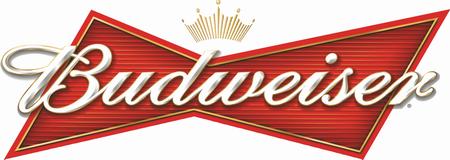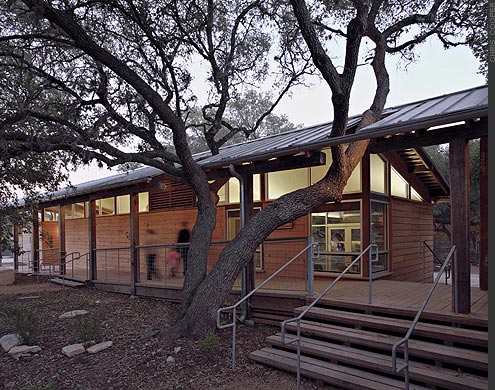Damage caused by black bears is quite diverse, ranging from trampling sweet corn fields and tearing up turf to destroying beehives and even (rarely) killing humans. Black bears are noted for nuisance problems such as scavenging in garbage cans, breaking in and demolishing the interiors of cabins, and raiding camper’s campsites and food caches. Bears also become a nuisance when they forage in garbage dumps and landfills.Black bears are about the only animals, besides skunks, that molest beehives. Evidence of bear damage includes broken and scattered combs and hives showing claw and tooth marks. Hair, tracks, scats, and other sign may be found in the immediate area. A bear will usually use the same path to return every night until all of the brood, comb, and honey are eaten.
Field crops such as corn and oats are also damaged occasionally by hungry black bears. Large, localized areas of broken, smashed stalks show where bears have fed in cornfields. Bears eat the entire cob, whereas raccoons strip the ears from the stalks and chew the kernels from the ears. Black bears prefer corn in the milk stage.
Bears can cause extensive damage to trees, especially in second-growth forests, by feeding on the inner bark or by clawing off the bark to leave territorial markings. Black bears damage orchards by breaking down trees and branches in their attempts to reach fruit. They will often return to an orchard nightly once feeding starts. Due to the perennial nature of orchard damage, losses can be economically significant.
Few black bears learn to kill livestock, but the behavior, once developed, usually persists. The severity of black bear predation makes solving the problem very important to the individuals who suffer the losses. If bears are suspect, look for deep tooth marks (about 1/2 inch [1.3 cm] in diameter) on the neck directly behind the ears. On large animals, look for large claw marks (1/2 inch [1.3 cm] between individual marks) on the shoulders and sides.
Bear predation must be distinguished from coyote or dog attacks. Coyotes typically attack the throat region. Dogs chase their prey, often slashing the hind legs and mutilating the animal. Tooth marks on the back of the neck are not usually found on coyote and dog kills. Claw marks are less prominent on coyote or dog kills, if present at all.
Different types of livestock behave differently when attacked by bears. Sheep tend to bunch up when approached. Often three or more will be killed in a small area. Cattle have a tendency to scatter when a bear approaches. Kills usually consist of single animals. Hogs can evade bears in the open and are more often killed when confined. Horses are rarely killed by bears, but they do get clawed on the sides.
After an animal is killed, black bears will typically open the body cavity and remove the internal organs. The liver and other vital organs are eaten first, followed by the hindquarters. Udders of lactating females are also preferred. When a bear makes a kill, it usually returns to the site at dusk. Bears prefer to feed alone. If an animal is killed in the open, the bear may drag it into the woods or brush and cover the remains with leaves, grass, soil, and forest debris. The bear will periodically return to this cache site to feed on the decomposing carcass.
Black bears occasionally threaten human health and safety. Dr. Stephen Herrero documented 500 injuries to humans resulting from encounters with black bears from 1960 to 1980 (Herrero 1985). Of these, 90% were minor injuries (minor bites, scratches, and bruises). Only 23 fatalities due to black bear attacks were recorded from 1900 to 1980. These are remarkably low numbers, considering the geographic overlap of human and black bear populations. Ninety percent of all incidents were likely associated with habituated, food-conditioned bears.

